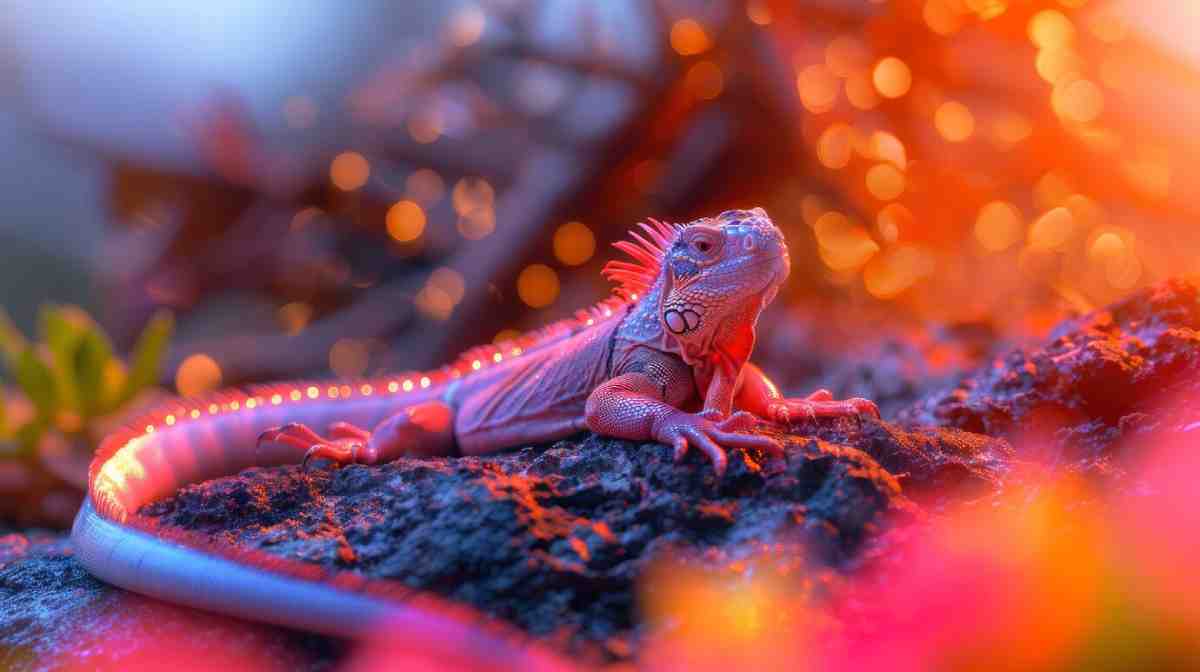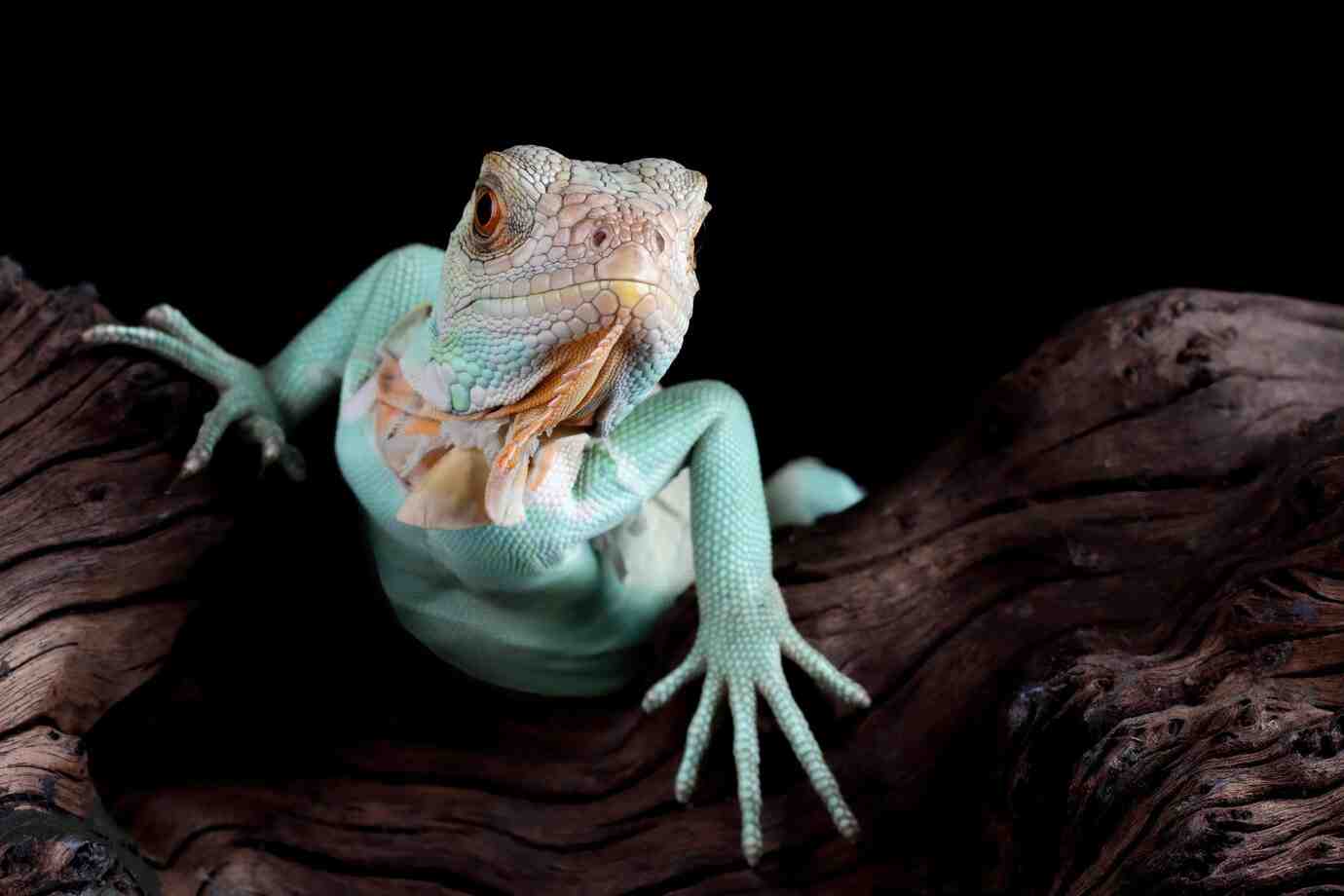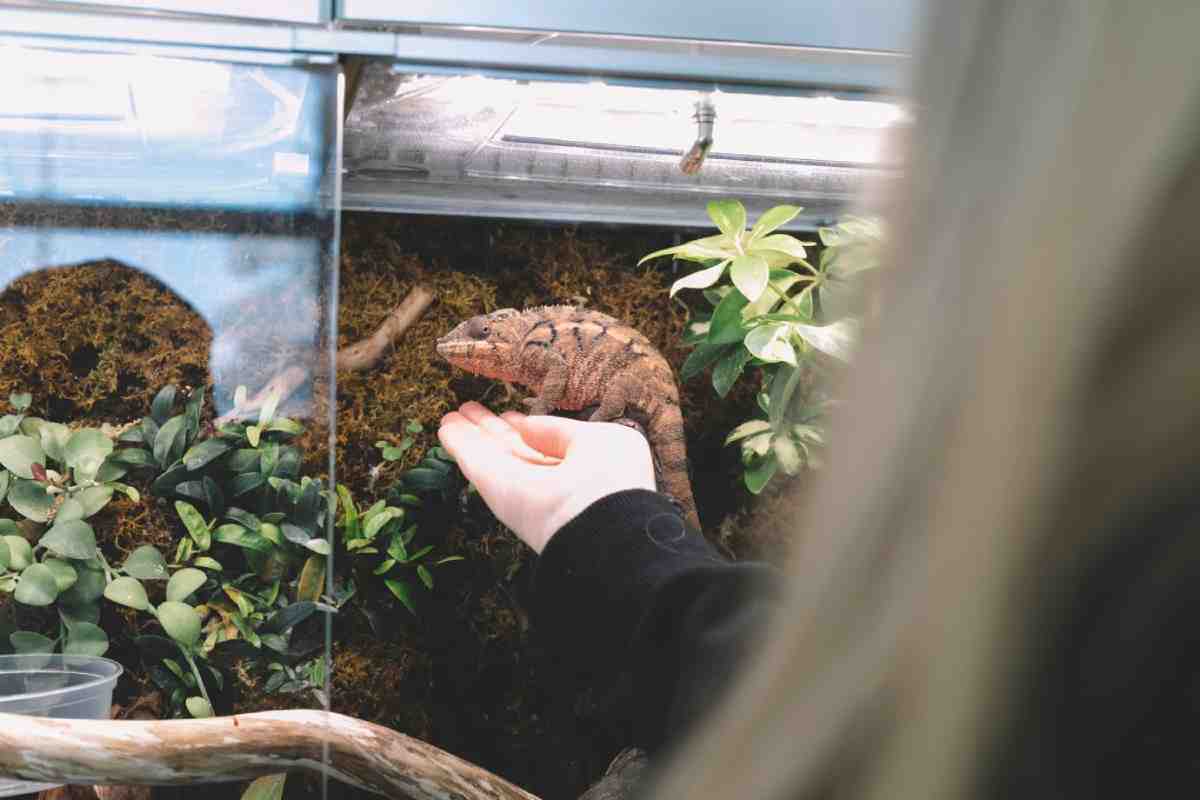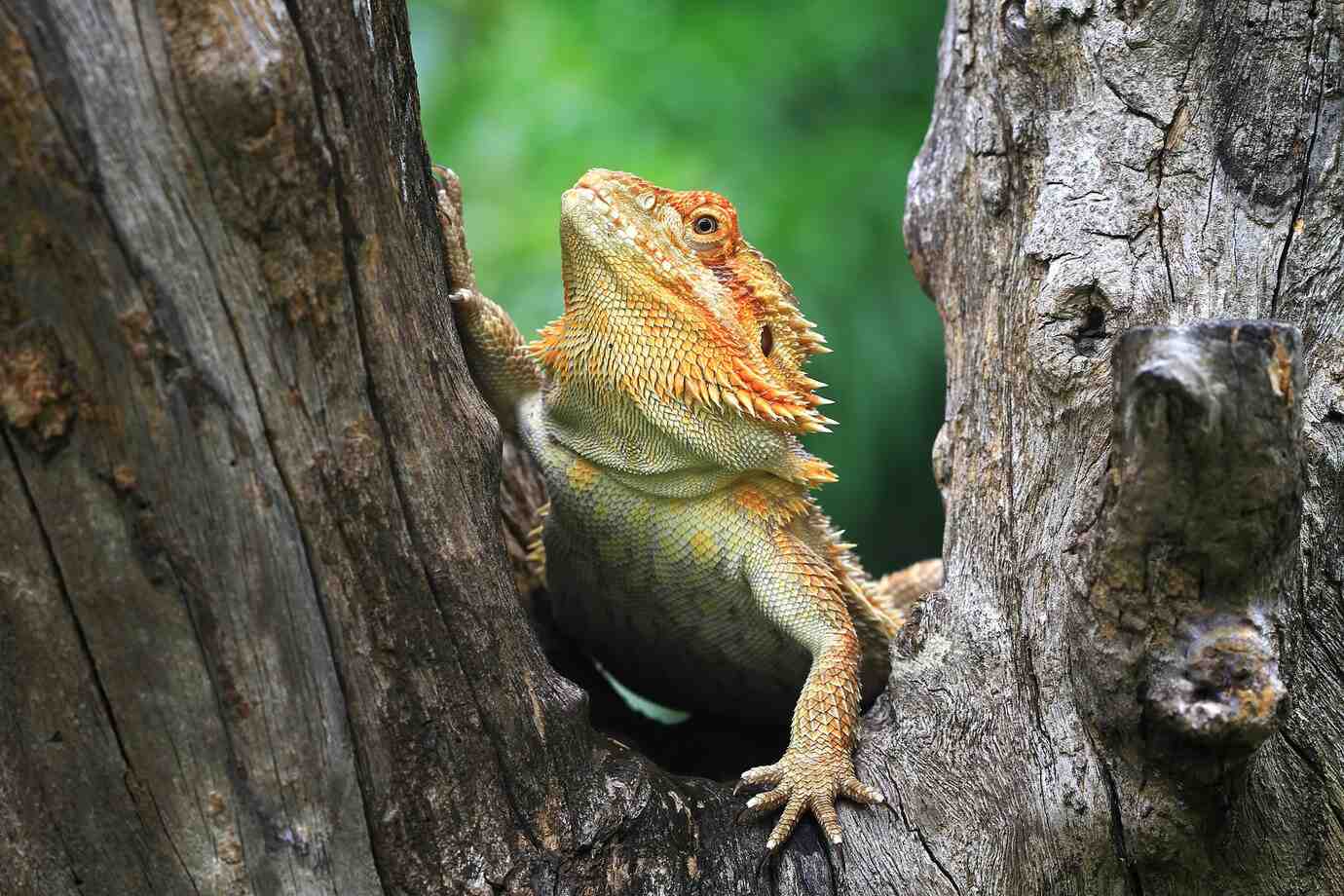
DIY Reptile Hides and Climbing Structures
A good reptile enclosure offers more than heat and light — it provides shelter, security, and stimulation. Whether your reptile loves to burrow, bask, or climb, adding DIY reptile hides and reptile climbing toys is one of the easiest ways to upgrade their environment.
These custom accessories don’t have to cost a fortune. With a few basic materials and a little creativity, you can craft personalised pieces of reptile enclosure decor that match your pet’s natural behaviours and your enclosure’s look.
In this guide, you’ll learn how to create hides, hammocks, shelves, branches, and more — all safe, budget-friendly, and suited to your reptile’s species and style.
Why DIY Accessories Make a Difference
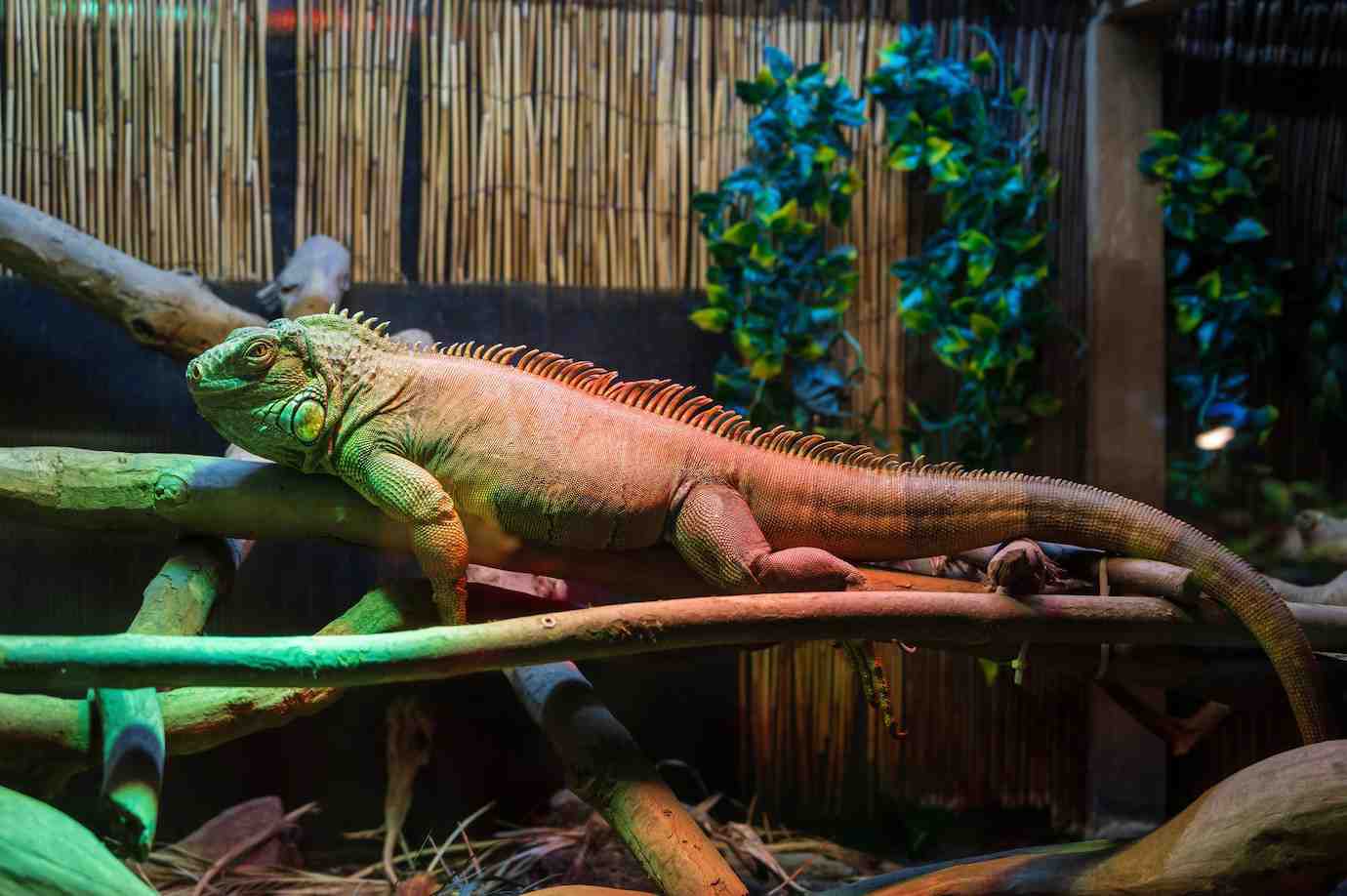
Buying ready-made products is convenient, but building your own gives you more freedom and flexibility.
Benefits of DIY Reptile Accessories:
- Custom fit for your specific tank
- Safe materials you’ve chosen yourself
- Save money with household or repurposed items
- Match your theme or naturalistic look
- Engage your reptile’s instincts more effectively
A bored reptile is a stressed reptile. Enrichment helps reduce anxiety and encourages natural behaviours like hiding, climbing, and exploring.
Understand Your Reptile’s Needs
Before you build anything, think about how your reptile lives in the wild.
What Does Your Pet Need?
| Species | Preferred Decor | Notes |
| Leopard Gecko | Low hides, ground tunnels | Avoid climbing items; they’re ground dwellers |
| Bearded Dragon | Hides, low shelves, hammocks | Enjoy basking and moderate climbing |
| Crested Gecko | Vertical branches, hammocks | Arboreal; love to climb and jump |
| Corn Snake | Multiple hides, climbing vines | Need both horizontal and vertical space |
| Chameleon | Branch pathways, live plants | Sensitive to plastic or rough surfaces |
Match your projects to your reptile’s natural habitat and activity level.
DIY Reptile Hides: Ideas and Instructions
Hides provide your pet with a sense of safety and a place to rest, digest, or sleep. A good hide is dark, snug, and easy to clean.
1. Cardboard Hide (for temporary use)
Materials: Small box (e.g., tissue box), scissors, tape
- Cut a hole in the side
- Line with paper towel if desired
- Replace weekly or when soiled
Best for quarantine tanks, babies, or travel enclosures.
2. Log-Style Hide (natural look)
Materials: Hollowed-out log or thick branch, sandpaper
- Sand the edges smooth
- Bake in oven at 100°C for 30 minutes (kills pests)
- Place on cool or warm side of enclosure
Great for desert and forest reptiles.
3. Clay or Stone Hide
Materials: Air-dry clay or flat stones and reptile-safe adhesive
- Shape a dome or tunnel
- Leave a wide enough opening
- Let it dry fully before use
Perfect for natural-themed enclosures and high-humidity species.
4. Moist Hide (for shedding)
Materials: Small plastic container, sphagnum moss, lid
- Cut a hole in the lid
- Fill with damp moss (not soaking)
- Place on the warm side
Essential for geckos and snakes during shed cycles.
DIY Reptile Climbing Toys: Enrichment That Builds Confidence
Climbing structures provide exercise, enrichment, and access to basking areas. Be sure all climbing decor is stable and properly secured.
1. Rope Ladder or Net
Materials: Jute rope or reptile-safe twine, scissors, glue (optional)
- Knot rope into a ladder or crisscross pattern
- Secure tightly to tank sides or branches
- Trim loose ends to prevent fraying
Best for arboreal reptiles like chameleons, geckos, and anoles.
2. DIY Climbing Shelf
Materials: Scrap wood or PVC, suction cups or brackets
- Cut a flat surface and attach supports
- Add texture with shelf liner or reptile carpet
- Mount on enclosure wall near basking zone
Adds vertical interest and provides a warm resting place.
3. Natural Branch Climber
Materials: Tree branches (oak, grapevine, or manzanita), saw, sandpaper
- Clean and bake branches to kill pests
- Sand rough edges
- Secure into place with zip ties or silicone
Ideal for tree-dwellers and climbing snakes.
4. Hammock or Sling
Materials: Mesh fabric, fleece, or strong canvas; suction cups or hooks
- Cut to triangle or rectangle shape
- Sew or tie edges for strength
- Attach to tank corners or walls
Bearded dragons and geckos love lounging in hammocks.
Decorating Your Enclosure with DIY Decor
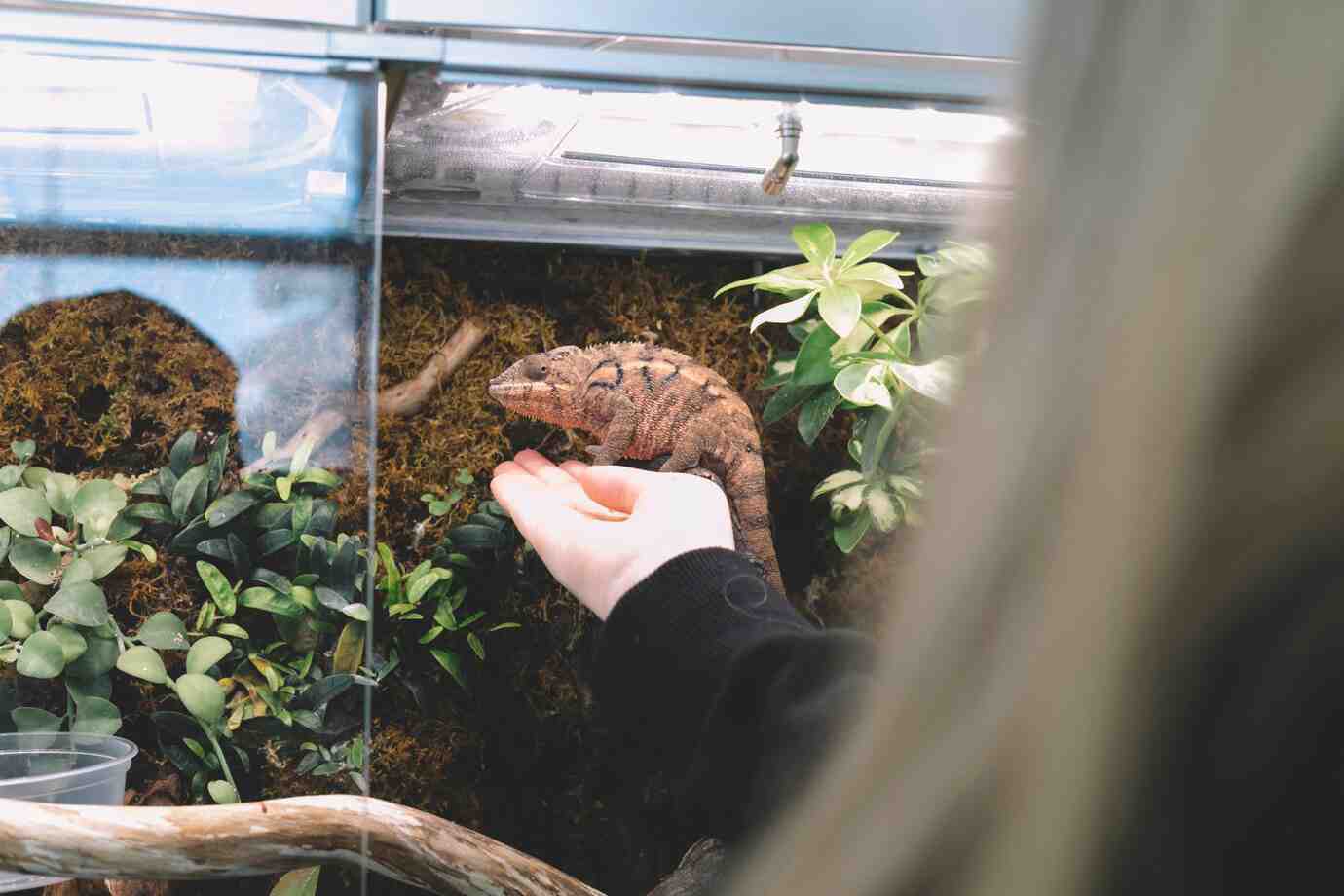
Now that you’ve got your hides and climbers, tie the whole setup together.
Tips for a Realistic Look:
- Use natural textures: bark, rock, or earth tones
- Hide wires and lights with faux vines
- Add fake plants for colour and cover
- Use substrate layers to create depth
- Place decor at different heights to create zones
Your reptile will benefit — and your enclosure will look like a slice of nature.
Safety Tips for DIY Projects
Safety comes first. No matter how creative you get, always check your materials and builds.
Do:
- Use non-toxic, reptile-safe materials
- Sand rough edges and sharp corners
- Test for stability and weight limits
- Keep things easy to clean or replace
- Monitor how your reptile interacts with the new decor
Avoid:
- Painted or dyed woods
- Hot glue (can melt under heat)
- Metal parts that rust
- Fabrics that trap nails or claws
- Loose or wobbling structures
Maintenance Tips
- Spot clean hides and climbers weekly
- Replace natural materials monthly or as needed
- Disinfect plastic or sealed surfaces regularly
- Remove any chewed, broken, or worn items
- Observe how your reptile uses the items — and adjust accordingly
Build with Fun, Decorate with Purpose
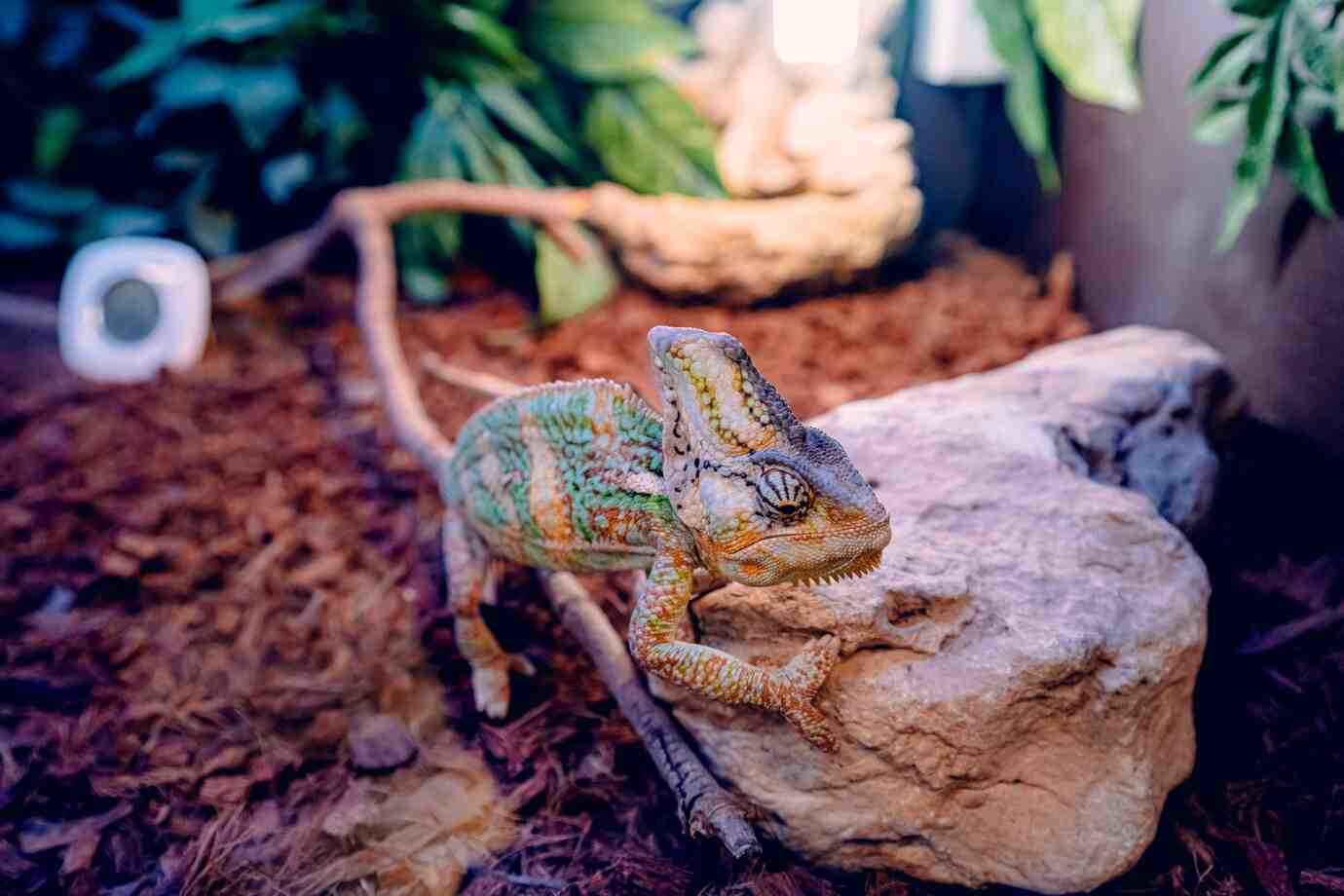
You don’t need a big budget or carpentry skills to make great DIY reptile hides or creative reptile climbing toys. With a few tools and some planning, you can build a habitat that keeps your reptile curious, comfortable, and active.
Even small projects — like a new branch, tunnel, or hammock — can make a big difference in how your pet uses its space. Plus, making your own reptile enclosure decor is a rewarding way to connect with your reptile’s world.
